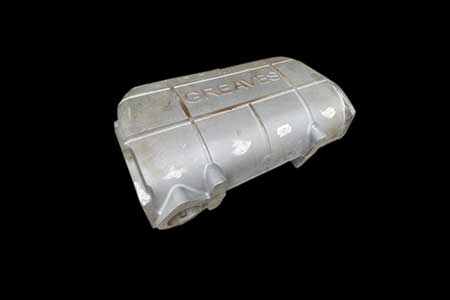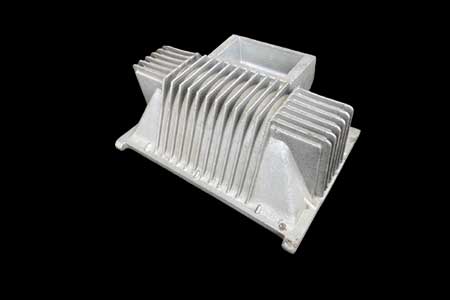-
GST NO. : 27ABVPW3846L1ZJ
-
CNC / VMC Casting Machining
CNC / VMC Casting Machining
Casting Machining
Casting machining refers to the process of machining or removing material from a cast part to achieve the desired final shape, dimensions, and surface finish. Casting is a manufacturing process in which molten material (such as metal or plastic) is poured into a mold and allowed to solidify, forming the shape of the final product. After casting, machining processes are often employed to refine and finish the part.
Here are the key steps involved in casting machining:
- 1. Casting:
-
- The casting process involves melting a material, typically metal or plastic, and pouring it into a mold. The material solidifies in the shape of the mold, creating the initial casting.
- 2. Cooling and Solidification:
-
- The casting is allowed to cool and solidify, forming the basic shape of the desired part. Depending on the material and the casting process used, the part may undergo additional heat treatment to achieve specific properties.
- 3. Removal of Excess Material (Flash):
-
- After casting, the part often contains excess material called casting flash or burrs. These are removed through processes such as trimming or grinding.
- 4. Machining Setup:
-
- The casting is then set up for machining. This involves securing the part in a machine tool, such as a lathe, milling machine, or CNC machining center.
- 5. Machining Operations:
-
- Various machining operations may be performed to achieve the final dimensions,
tolerances, and surface finish. Common machining processes include:
- Turning: Rotating the part against a cutting tool to remove material and achieve cylindrical shapes.
- Milling: Removing material from the surface using a rotating cutter.
- Drilling: Creating holes in the part using a rotating drill bit.
- Grinding: Precision grinding to achieve tight tolerances and smooth surface finishes.
- Finishing: Additional processes like polishing or coating may be applied to enhance the aesthetics and performance of the part.
- Various machining operations may be performed to achieve the final dimensions,
tolerances, and surface finish. Common machining processes include:
- 6. Quality Control:
-
- Throughout the machining process, quality control measures are implemented to ensure that the part meets the specified requirements. This may involve dimensional inspections, surface finish measurements, and other quality checks.
- 6. Final Inspection:
-
- Once machining is complete, a final inspection is carried out to ensure that the part meets all design specifications and quality standards.
Casting machining is a common practice in industries where casting processes are employed, such as metalworking, automotive manufacturing, aerospace, and more. The combination of casting and machining allows for the production of complex and precise parts with a wide range of sizes and shapes.
Quality Services provider
Need Our services?
-
Our Products Range


